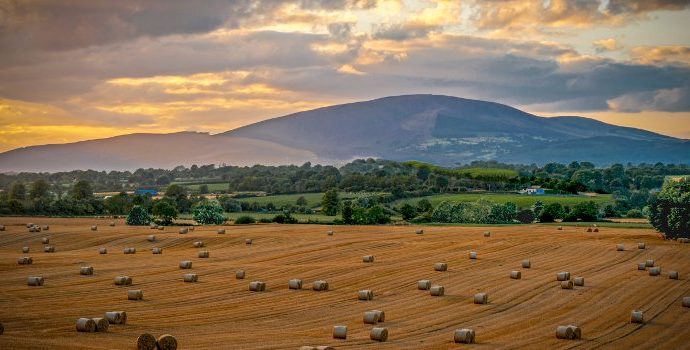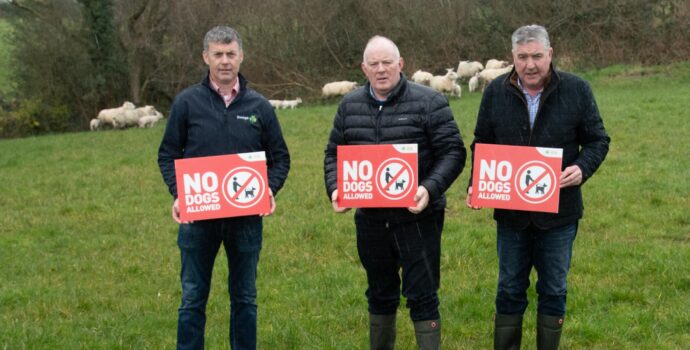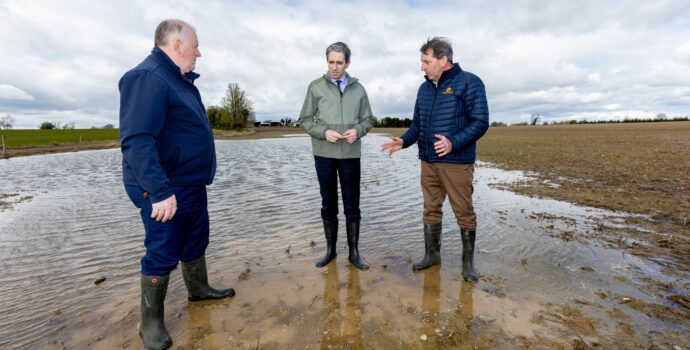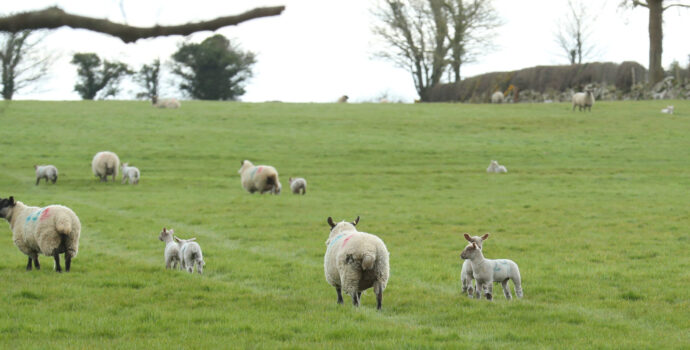Liquid Milk Needs Its Own National ‘milkwise 2025’ Strategy
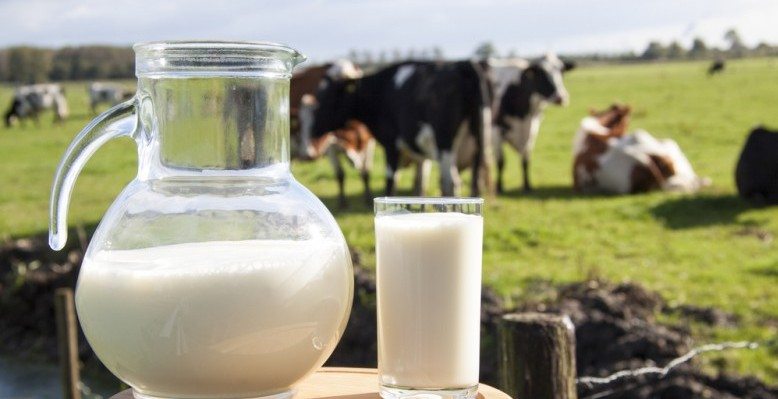
If the dairy sector and retailers want to secure the year-round locally produced fresh milk for, they will have to come together with farmers and regulators to develop their own “MilkWise 2025, writes John Finn, IFA National Liquid Milk Chairman.
With farmers calving 16% fewer cows in the autumn of 2015 and another 12.4% fewer this autumn todate, it is clear that some farmers are tightening their calving to their contract to minimize costly surplus milk they won’t get paid for, while others are choosing to switch out of the system altogether in favour of spring creamery production for export.
If the Irish dairy sector and retailers want to secure the continued year-round presence of locally produced fresh milk for consumers, they will have to come together with farmers and regulators to develop their own “MilkWise 2025” strategy, with sustainable remuneration of primary producers at its core.
Increasingly hard to negotiate viable winter payments
Almost all liquid milk pricing systems are based on the creamery price for the summer, complemented by a winter premium or payment. This has made liquid milk prices just as volatile as those paid to spring producers. Volatile prices mean volatile incomes, incredibly difficult to manage for all producers, but the higher your costs, and the more difficult volatility is to cope with.
For liquid milk producers, the significantly higher winter costs were always to be compensated for, and the “pot of money” available to fund those winter payments was sourced from very stable retail returns.
In recent years, a number of things have happened, which have eroded that ‘pot of money’.
The dairies consolidated, down to one major one, two medium sized operators, and a few smaller ones. All but one are farmer owned co-ops, but the competition among them remains fierce, for a static market with 25% imports. Retailers too have been competing fiercely for market share, and have used fresh milk to pull shoppers in. They have grown their Private Labels, which they buy from dairies at a discount from the branded product, to a level estimated at over 64%. Some of the most important retailers source their Private Label supplies through annual tenders where price and ability to supply are the main considerations – and dairies have responded by undercutting each other, as failure to do so could mean losing massive volumes.
This dysfunctional market has made farmers’ contracts with their dairies more precarious, and damaged their ability to negotiate viable milk payments for the winter months.
In the last two years, creamery milk prices have dropped to historical lows, but winter payments have not allowed farmers cover even a fraction of their winter costs. From the 40c for every litre of contracted liquid milk farmers need to break even, farmers got 31 to 32c/l last year, and this year may struggle to reach 29-30c/l – a 10-11c/l shortfall.
Voting with their feet
So, in our National Liquid Milk Rally late last month, we thought it important to present a real life example of a farmer who, faced with this reality, took the obvious decision dictated by cold economic facts, and exited liquid milk production.
Peter Farrell showed us that dairies’ 8c/l winter premium was simply not enough incentive, when his costs were about the same over those months, to keep him in a costly, complex, and labour intensive system.
Even the farmers who are staying in are tightening winter supplies to their liquid milk contracts. This year’s EU production reduction scheme will have encouraged this trend.
While this approach makes better economic sense for farmers, it also removes the comfort of surplus milk for dairies and retailers which has contributed to systematic undercutting and erosion of value in the liquid milk chain.
We can’t forget that 25% of our market is supplied from Northern Ireland, and a hard Brexit with import tariffs would put these supplies in question.
Would it not make sense to nurture and sustain our ability to supply our own market, worth €530m or 13% of our dairy export earnings, well into the future?
Towards a ‘Milk Wise 2025’ strategy
Beyond the annual struggle to negotiate what have been unsatisfactory winter prices or premiums, we need to develop a real strategy for the fresh milk market.
Minister Michael Creed must gather and chair an assembly of all the stakeholders to force all parties to face up to the threats on the sector, and to develop a sustainable strategy for its long term future, and integrate it into FoodWise 2025. In particular, we need:
- An end to 1-year retail tenders which promote a downward wholesale and farmer price spiral, and which are the very opposite of a sound commercial relationships, the backbone of sustainable business;
- A complete review of farmers’ contractual arrangements, including pricing systems, to include multi annual commitments giving farmers security, and to secure a fair share of stable return from the retail market, which can vary to offset volatile base milk prices;
- We need a thorough study of the cohort of 1900 farmers currently involved in liquid milk to establish their age profile, their succession plans and their intentions regarding their production system. It is striking that the number of new entrants to liquid milk has been close to zero, and that succession to a son or daughter often involves a shift to more economically viable spring production.
- The National Milk Agency, which regulates the sector currently, must be have its structures reviewed, and must be given greater powers to gather data on milk imports, but also to enforce the requirement for dairies to pay adequate compensation for farmers’ winter costs.
- More generally, we need stronger retail regulation, with a return to the prohibition on below-cost selling, and the introduction of an independent, well-resourced Ombudsman, to oversee fair trading relations in the food chain and a sustainable remuneration of primary producers.
IFA and the National Liquid Milk Committee will work hard to pursue all these issues in the coming weeks and months. In the short term, I urge dairies who are currently negotiating with their suppliers to see to it that the winter remuneration they will pay this winter covers farmers’ costs and gives them the confidence they need to renew their commitment to a costly and labour intensive production system.

